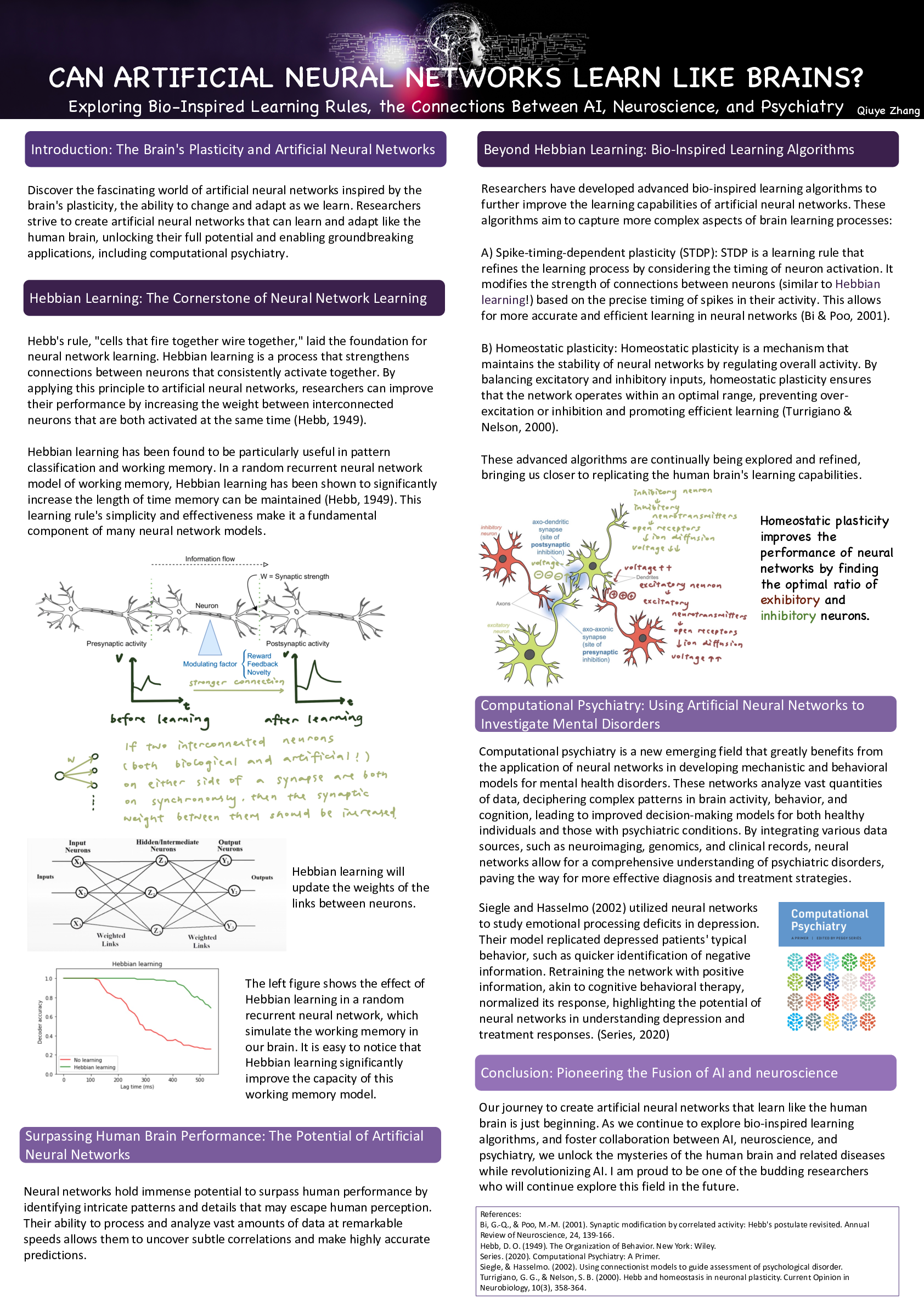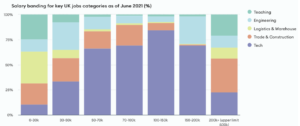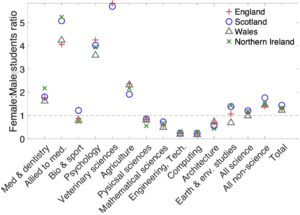Our School undertakes a culture survey of all School members every two years. We don’t do this annually because we feel all this would result in is survey fatigue. We know that completing the survey takes some time! So why do it? We think the best incentive for completing the survey is evidence that the responses trigger changes that tackle the issues raised. Here is a summary of the main issues raised by the 2021 survey and how the School has responded.
Students
The survey saw 201 responses which was mainly completed by research postgraduate students. Response rates from undergraduate and taught masters students were low. We’d like to see a significant increase in responses from all categories of student to the 2023 survey. We hope the brief reports on each of the main issues identified in the survey will encourage more participation in the survey so we can have a clearer view of issues where things have improved and where we still need more work. The main issues we identified were the following.
Workload
This is the clearest and most pressing issue that comes up in several different contexts and is seen as contributing to other issues identified in the survey. Issues arise around the number, scale, and coordination of deadlines for coursework:
- We use information from weekly reps meetings and Staff-Student Laison meeting to identify courses where workload is seen as an issue by students. These are reviewed and several courses have had the number and scale of courseworks reduced as a consequence of these reviews.
- We have begun to make better use of the academic year by reconsidering the pattern of deadlines. Coursework-only courses can set deadlines beyond week 11 to make use of the early weeks of Semester 2 and the revision period prior to the main exam diet. This reduces deadline congestion and makes better use of the available weeks of study.
- We are consulting now on reorganising the schedule the final-year project: deciding on a topic, preparing for the project and working on the project. Our goal is to avoid having the project run concurrently with other courses and permit a longer period of full-time work on the project.
- Issues around deadline congestion are difficult to resolve. One approach we have considered is to have courseworks that span multiple courses to reduce the number of courseworks undertaken simultaneously.
Communication
Many responses point out that the respondents feel like the School is spamming them on multiple channels. Indiscriminate use of whole year mailing lists, multiple emails in the same day, inconsistent use of channels across courses all contribute to this feeling:
- The move to LEARN ultra has started work in the School on how best to use the new structures. One opportunity is to establish a more consistent policy on the messaging related to individual courses.
- We are considering the use of stricter moderation on the large and indiscriminate email lists (e.g.,
- We are also actively considering options to request journaled messages on some of the more active lists.
Community and Caring
This is a somewhat more controversial topic since there is a minority view that questions whether the School should care about community and caring but the majority feel the School should attempt to build a caring community. In this area we have:
- Initiated the development of basic training in Equality, Diversity and Inclusion oriented to students to help engender a more open, respectful dialogue in the School that will help counter the perceived difficulties some students experience in expressing their views to other students.
- The variability in sense of community experienced by PhD students is also problematic. The School is considering how best to engender a stronger sense of community across all PhD students.
Timing of Events
Some student respondents raise the issue of the timing of events that assume students are always available. The School will now endeavour to ensure that events are more sympathetically timed.
Bullying and Harassment
Overall the level of bullying and harassment is low in the School. However, the School will endeavour:
- To make reporting mechanisms clear and more clearly anonymous to respond to the expressed lack of knowledge on how to report bullying and harassment.
- The School is aware the EUSA is promoting active bystander training for some societies’ members. The School is exploring how to make such training more widely available to all students.
Mental Health and Wellbeing
This is seen as a major deficiency. The time delay and lack of mental health and wellbeing provision is problematic for most respondents. These services are provided university-wide so there is little the School can do directly in terms of increasing the supply of services but we are exploring ways we can reduce demand:
- Exploring how to reduce stress levels among our students. Better management of coursework loads (see earlier) are an important route to reducing stress.
- Increasing the number of mental health first aiders in the School. This is not a long-term fix but having a wider trained group improves accessibility to prompt help and increases awareness and sensitivity to the issue in the School.
- Our new expert student support staff will help ensure students receive prompt and consistent support for mental health issues. The School believes this is a significant improvement over the current situation. The switch to the new system takes place over the summer.
Staff
The survey saw 185 responses which is a significantly higher response rate than the student survey. This has a good spread across all staff categories and levels of seniority.
Workload
This is one of the clearest and most consistent issues across all staff related to students and is related to increases in student numbers. It is seen a major contributor to poor wellbeing, stress and mental health issues.
- Action to reduce the volume of assessed coursework mentioned above has a direct impact on staff workload. This work is continuing, and consultation on managing the final year project workload is underway.
- Action has been taken on admissions more effectively to control admissions of taught students and growth in student numbers has been brought under control.
Community and Caring
The School is a large organisation and building an effective and caring community is challenging.
- Continuing to strengthen the role of the Institutes provides smaller communities for some categories of staff and students that are still evolving, particularly post-COVID.
- Strong staff networks are also seen as good mechanism to encourage communities with common interests.
- Individual initiative such as yoga classes and the concert series also provide mechanisms that encourage interaction and socialising across all staff.
Equality, Diversity, and Inclusion
Currently the main focus in the surveys is on gender issues but the School is aware of wider EDI issues.
- New training in EDI impact assessment will be used to ensure that all new policies are assessed for EDI impact.
- EDI impacts will be documented and followed up by the People and Culture Committee.
- Data on EDI impact on promotion will be gathered and analysed systematically to provide a good evidence base for further action.
Bullying and Harassment
Some bullying is experienced, particularly by more junior staff and between academic and other staff. Bullying is clearly unacceptable.
- School will establish a confidential channel to report bullying and will publicise policies and reporting channels widely.
Progression and Promotion
There is a feeling that decision taking lacks transparency and support for development to enable promotion/progression.
- School is organising additional training for Line Managers to enable them better to support the development needs of staff.
- School is working to provide clearer career route mapping.
Mental Health and Wellbeing
Issues around mental health and wellbeing are closely related to workload.
- The workload model is explicit and transparently implemented. This is still becoming fully established. As it beds in we anticipate being better able to identify under-resourcing and the need to recruit to better resource under-resourced activities.
- School is working with the wider University to increase staff access to mental health services.



